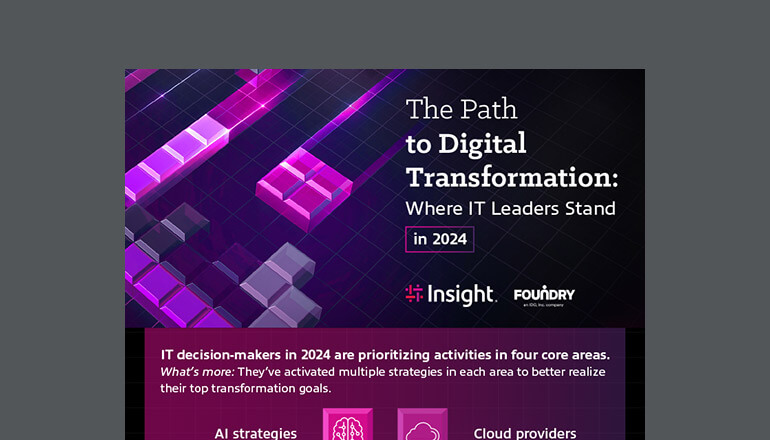Blog AI is transforming cybercrime and how we defend against it
By Insight Blog / 30 Jun 2023 / Topics: Artificial Intelligence (AI) Generative AI

APAC is rapidly becoming the new “ground zero” for cybercrime incidents, according to a report by Checkpoint Research. The same report finds that APAC recorded the highest year-on-year increase in weekly cyberattacks in the first quarter of 2023, averaging 1,835 attacks per organisation.
The cost of breaches is forecast to continue to rise, largely fuelled by advanced tools such as artificial intelligence (AI) that make it easier for cybercriminals to ramp up the scale and sophistication of attacks.
Security professionals are hard at work protecting our infrastructure and data, but at a time when threats are increasing, we just don’t have enough skilled workers to meet demand. There are 3.4 million open cybersecurity positions globally. However, even with a fully staffed, 24/7 security operations centre, organisations will struggle to keep up with criminals using AI to steal data, plant ransomware and breach digital infrastructure.
We must therefore consider how we can use AI to our advantage – particularly with the current cybersecurity skills shortage? AI-powered security tools have enormous potential to augment the work being done by security professionals so they can do more with less effort – reducing the amount of manpower needed to enforce sound cybersecurity.
What you can do
Cybersecurity teams need a way to ramp up their defences against AI-powered attacks on their systems, networks and data. The solution, of course, is AI. And thankfully, we’re seeing rapid development in AI-powered security tools.
For example, you may be familiar with Microsoft 365 Copilot, the recently introduced feature that onboards AI into your organisation’s applications quickly and easily. Well, the software giant is also introducing Microsoft Security Copilot, a tool that uses AI to strengthen your defences faster than any current cyber defence system.
The advantage of Microsoft Security Copilot and other next-gen AI security products like it is they can quickly review all the vulnerabilities in your network. It automates threat detection and response, so fewer people are needed for the time-consuming and manual task of analysing for security threats.
For instance, let’s say someone needed to add a remote desktop to your machine through TCP port 3389. That’s a remote desktop protocol port that’s commonly used by IT professionals – as well as hackers. The bad actors know this is often left open and a way to get inside your system.
With a traditional security system, you would need to run a scan, analyse the results and write a script to close the open ports, which might take days or even weeks. With the shortage of qualified cybersecurity professionals, a team might find, triage and fix the biggest vulnerabilities first, while a hacker could get in just as easily through a lesser-known vulnerability.
By contrast, a next-generation AI security tool can automate the whole process, basically telling you: ‘Here’s a vulnerability; let me fix it’.
Using AI in security promises to bring incredible change in protecting our systems, networks and data, potentially preventing billions of dollars lost in costly break-ins.

Roland Leggat
Modern Workplace Specialist, Insight Enterprises
With more than 20 years of industry experience, Roland focuses on the Microsoft stack of technologies to help identify customer business and technology challenges and realise the business value of Modern Workplace solutions.

Have you been briefed?
Discover reports, stories and industry trends to help you innovate for the future.




